Why do Indian women wear nose rings?
Categories: Nations
By Pictolic https://pictolic.com/article/why-do-indian-women-wear-nose-rings.htmlIndia is a country with a rich history and unique traditions that go back to ancient times. Some features are very unusual, and Indians are recognized by them all over the world. For example, many Indian women wear nose rings and other jewelry not only as part of their national costume, but also in everyday life. How did this custom appear?
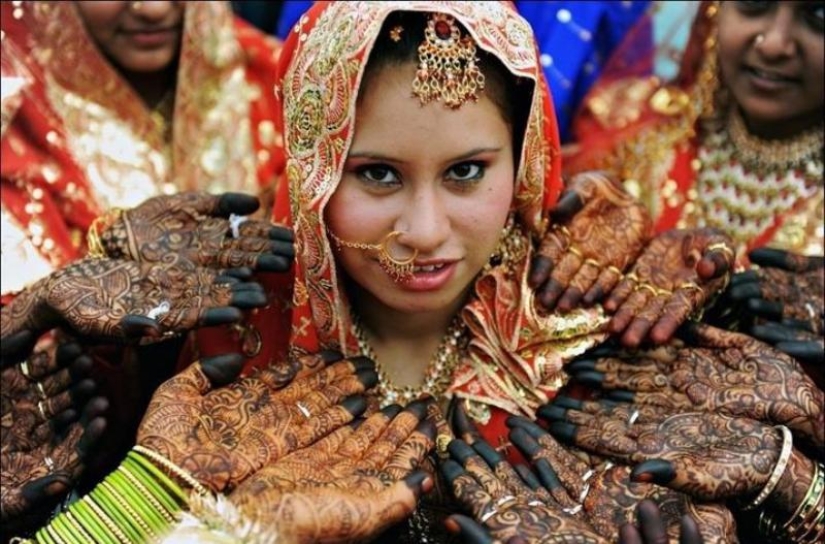
Nose piercings, including those with rings, are worn by women in all states of India. Decorations differ in shape, size and even location. This is not just a fashion accessory - such jewelry has a specific meaning for its owners.
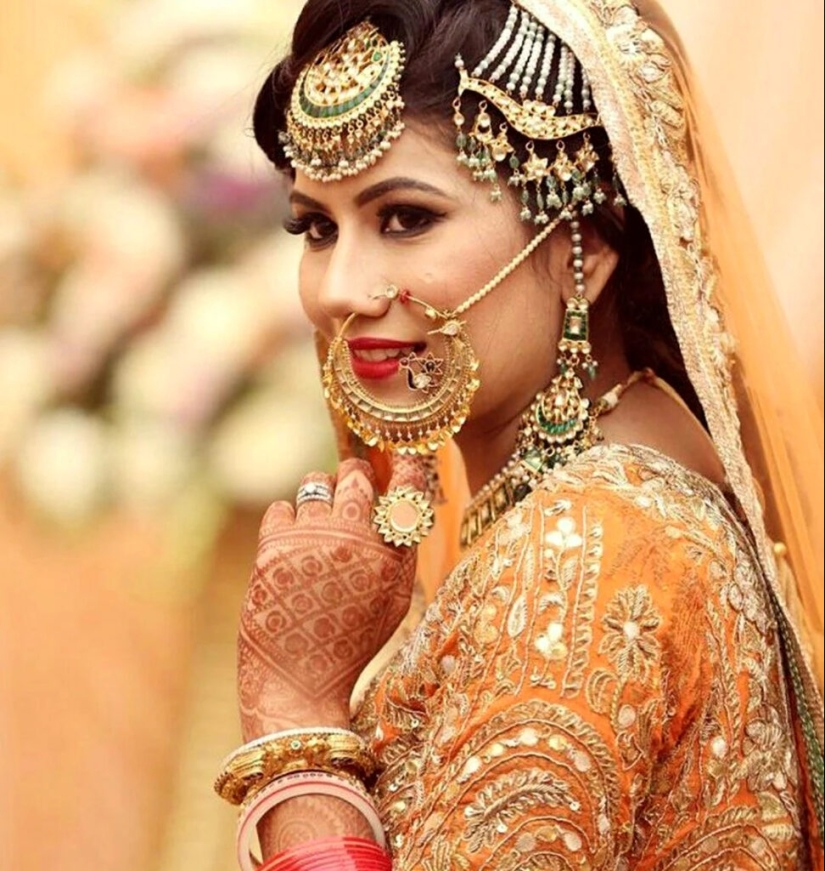
First of all, the nose ring, called “nat,” is a tribute to an ancient tradition that is thousands of years old. Since ancient times, jewelry made of precious metals on the nose has been considered a symbol of femininity and beauty in India. But the rings also have a specific task. By their size, shape and design, local residents can learn a lot about the owner of the jewelry.
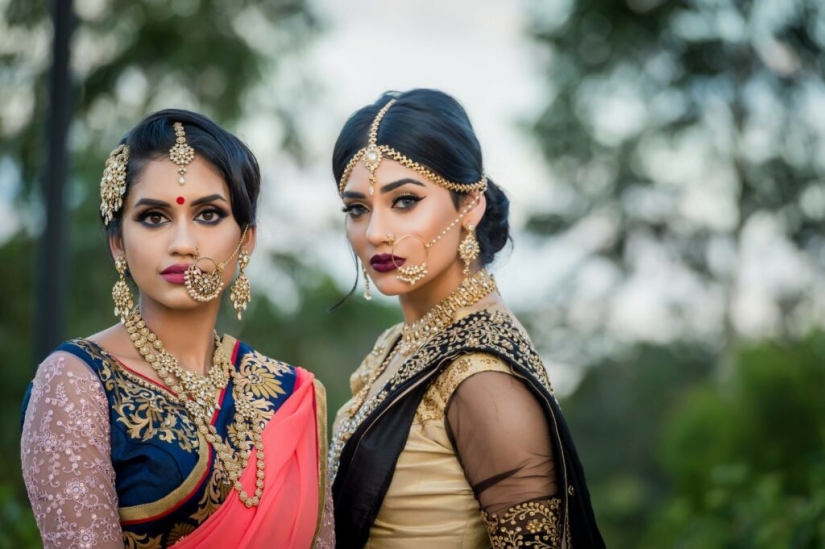
The accessory on the face will tell you what part of India the woman is from, what caste she belongs to, what position she occupies in society and whether she is married. We can say that this is a kind of business card. True, not everyone knows how to interpret jewelry now - urban youth in India are less and less interested in traditions. But in rural areas they still preserve ancient knowledge and carefully choose “talking” jewelry.
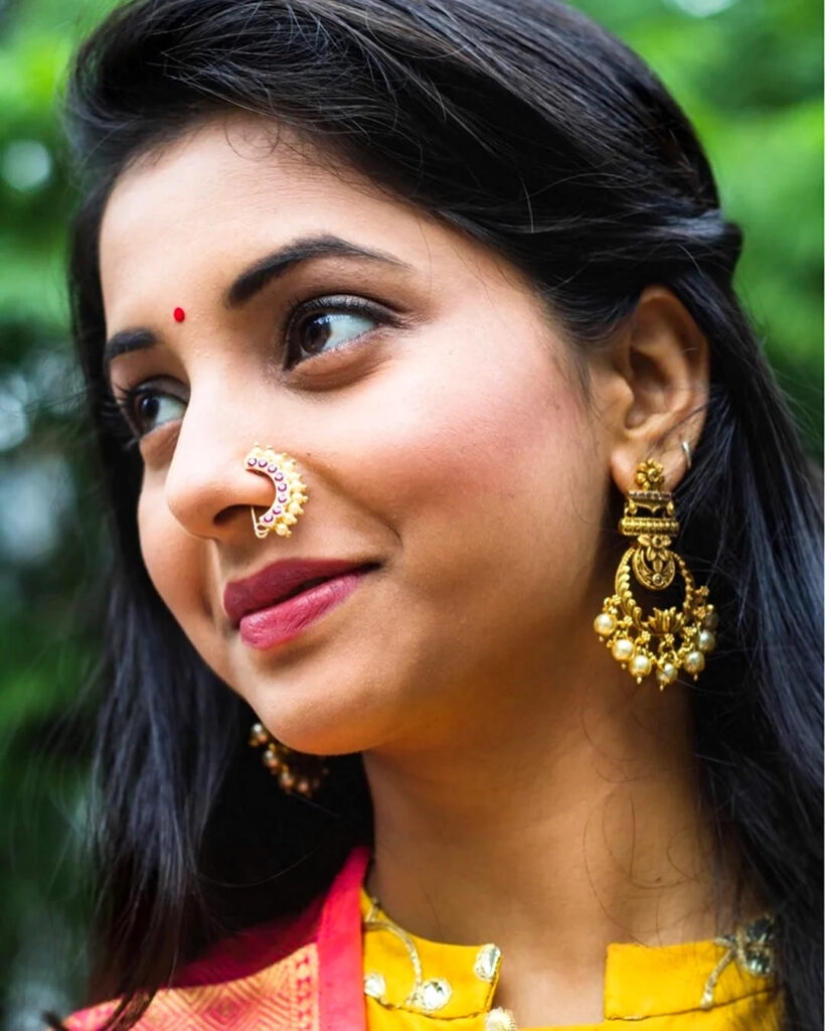
In addition, the nat ring is associated with Hinduism and has a sacred meaning. In Ayurveda, the nostrils symbolize the female genital organs. Hindus believe that nostril piercings promote women's health and fertility. In Indian tradition, nat is an attribute of a married woman. Once upon a time it was inserted only before the wedding, but today this rule is hardly observed. Indian women believe that wearing a nose ring makes labor easier and helps produce a healthy baby.
Small pendants or chains with pendants are often attached to the natu. Every little decoration in this composition matters. Fish symbolizes prosperity, lion - greatness and noble birth, jasmine - fertility, peacock - beauty, ficus - wealth, elephant - sensuality and self-confidence, snake - courage and eternal life.
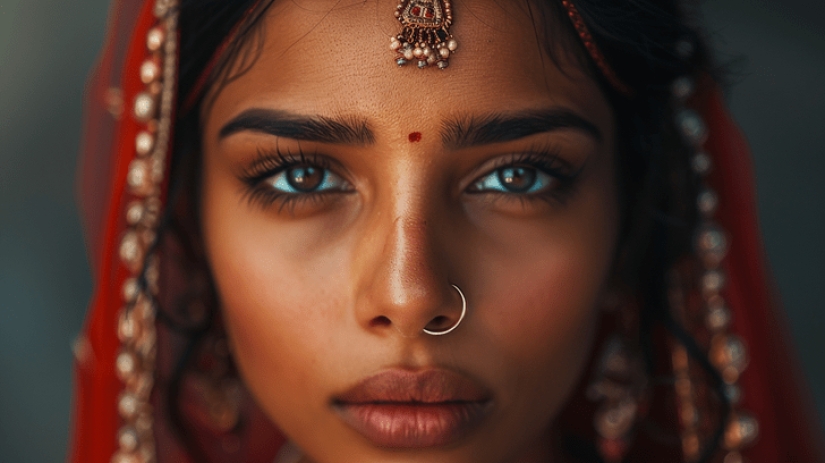
Nostril piercing was first mentioned in literature from the 1500s BC. At first, only men with high status in society did such piercings. The first jewelry was primitive and was made from sea shells, animal claws and bird feathers. Later, bronze, silver and gold were used to make them.
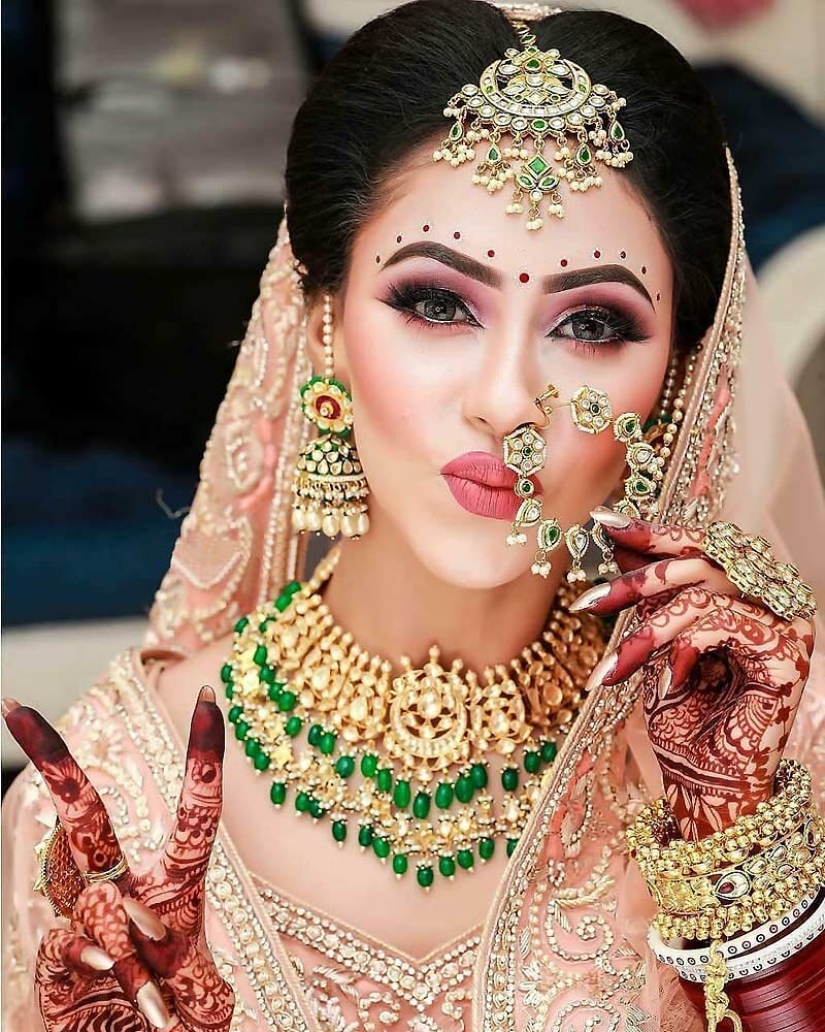
Nowadays, you rarely see men with nose piercings. Usually these are priests or monks. But women really love this decoration. Nat in Hinduism is associated with Lakshmi - the goddess of luck, prosperity, well-being, vitality. In some provinces, the nostrils of both the bride and groom are pierced before the wedding. Additionally, the bride is given mehndi - patterns drawn with henna - on her hands.
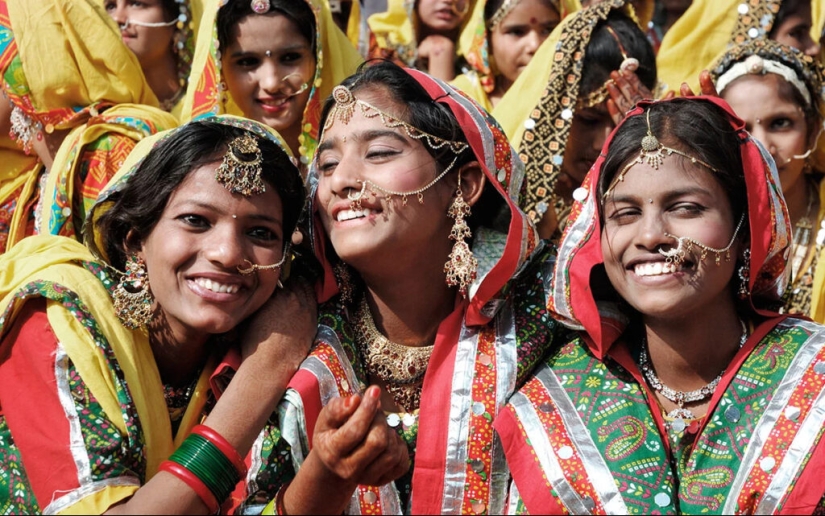
The belief says that the couple's Nat is a guarantee of mutual understanding, respect and love in the family. Men now prefer to get rid of jewelry after the wedding ceremony is completed, although there are exceptions. But women wear piercings all their lives, believe in its magical power and are proud of it.
Recent articles

Leonardo da Vinci was accused of being fond of orgies. William the Conqueror, despite all his successes, was called a "Bastard" ...

Modesty? Decency? A sense of tact? No, you haven't heard! Just look at what the people from the selection below are doing! No ...

American documentary photographer Bruce Davidson came to the UK in 1960 for a couple of months on the assignment of Queen magazine. ...